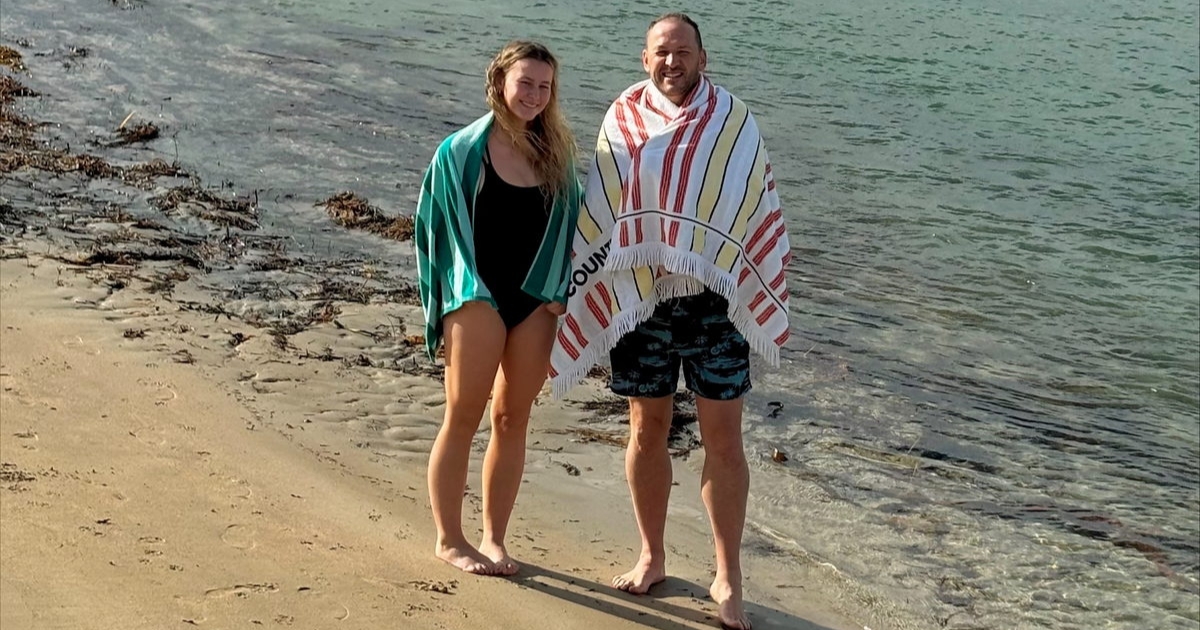Beloved bird to begin breeding season

Breeding season is about to start for the region's beloved Plovers and the city is urging everyone to adhere to regulations. Photo: SUPPLIED
BREEDING season has begun for the region’s beloved and endangered plovers and the City of Greater Geelong is urging residents to abide by seasonal dog regulations.
Hooded plovers can often be found breeding in pairs between August and March on several Bellarine beaches such as Breamlea Beach, Thirteenth Beach, Point Impossible and Collendina to the Point Lonsdale lighthouse.
Geelong mayor Peter Murrihy said dog regulations will now be enforced as ‘dog-on-leash’ advisory signage is posted at several protected beach areas.
“Considerate actions of beach-goers, such as keeping dogs on leash and giving birds space, have a positive impact on the ability of the birds to successfully breed.
“Disturbance from unleashed dogs is one of the major threats to beach nesting birds, but also one that visitors can control.
“Keeping your dogs on a leash gives plovers and other endangered local beach birdlife the best chance of survival.”
Red-capped plovers are known to frequent Ramblers Road Foreshore, Portarlington for nesting in recent years and other bayside beaches.
Hooded plovers and red capped plovers each lay up to three eggs in a tiny scrape in the beach sand above the high-water mark, with nests almost invisible to the untrained eye.
Unlike masked lapwing plovers, which are found in suburban areas often nesting on lawns, nature strips or other grassy places, beach nesting plover species are much smaller and can struggle to find undisturbed space to nest, feed and raise their young.
Plovers can take 30 days to hatch once eggs are laid and it is rare that chicks survive long enough to successfully fly.
Chair of the city’s Environment portfolio, Jim Mason, reiterated to residents that they have the ability to keep nesting plovers safe.
“We appreciate dog owners adapting their behaviour each spring and summer on the few beaches where these birds remain,” he said.
“After the eggs hatch, chicks take another five weeks before they are able to fly, making them vulnerable to predators and dogs off-leash.”
Tactics that beach visitors can employ include walking along the water’s edge, observing signs, managing one’s dog according to the regulation signs, and keeping one’s distance from signed/fenced breeding sites.

















